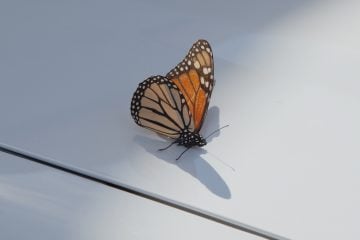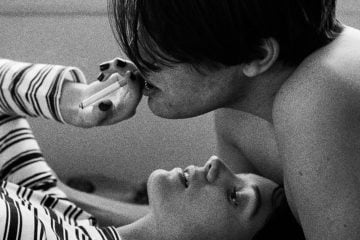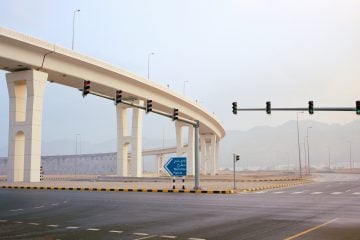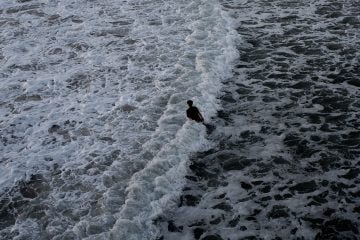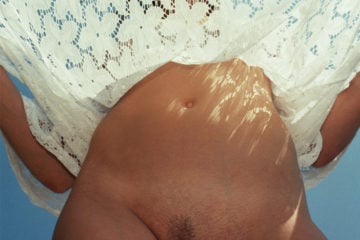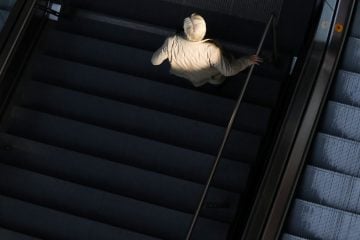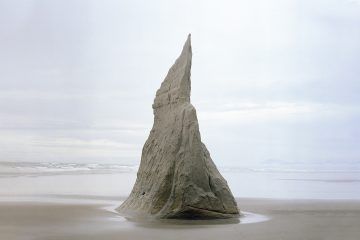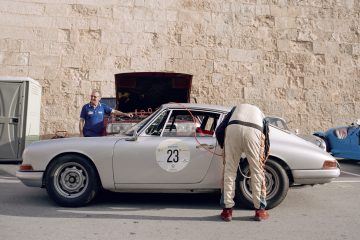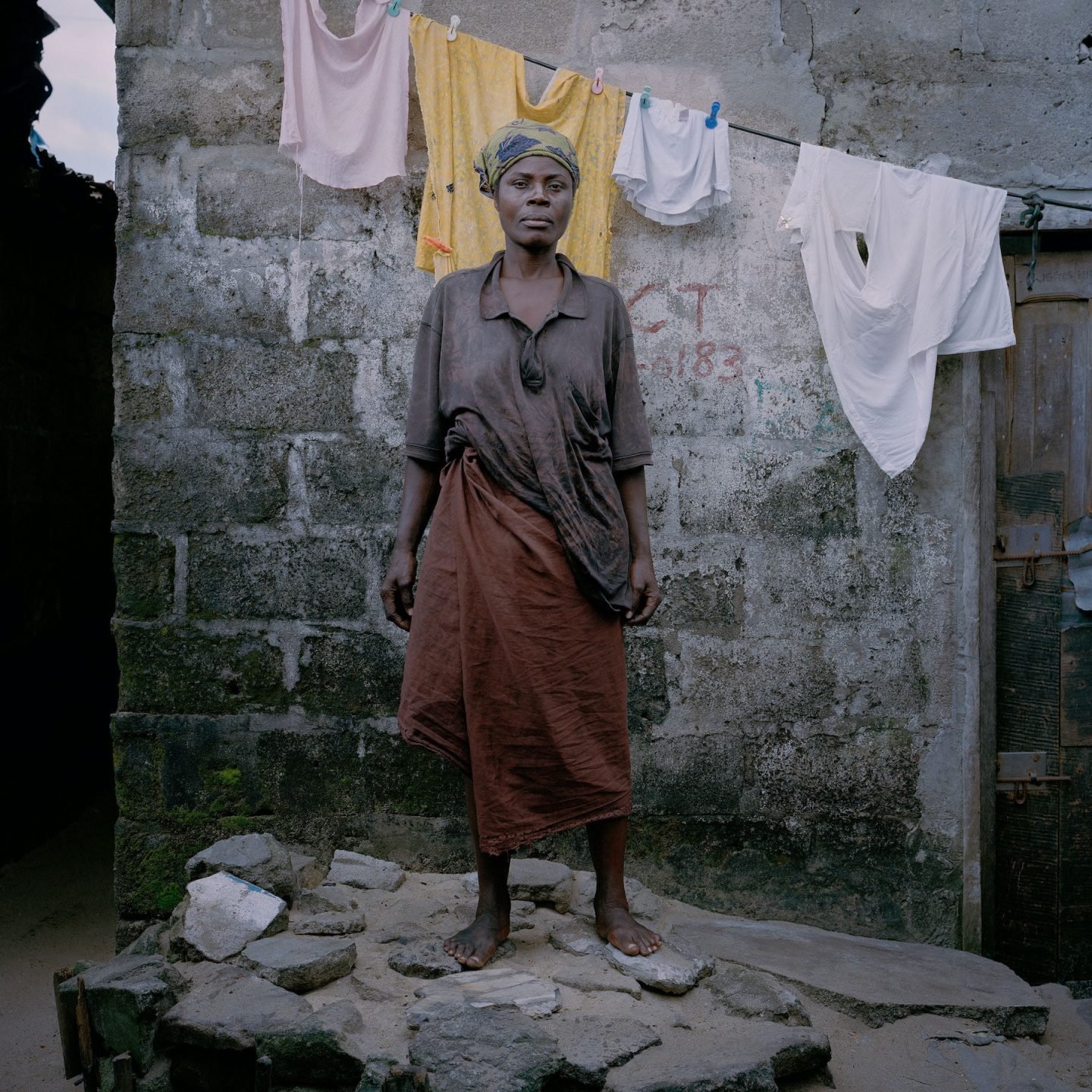
In Reaching For Dawn, Elliott Verdier Poignantly Documents The People And Landscapes Of Post-War Liberia
- Name
- Elliott Verdier
- Project
- Reaching for Dawn
- Words
- Steph Wade
Over the course of two years, Paris-based photo-journalist Elliott Verdier captured on large-format film the people and natural environments he encountered in Liberia, aiming to portray the after-effects that the Liberian civil war has had on its people. The resulting color and black and white imagery has been collated in Reaching for Dawn, an atmospheric and beautiful print publication.
Moving around the West African country, Verdier visited the fishing harbors of Harper, the diamond mines of Gbarpolu, and the Westpoint informal settlements, meeting people and hearing their stories, of which many do not communicate. “Of the bloody civil war (1989-2003) that decimated Liberia, its population does not speak. No proper memorial has been built, no day is dedicated to commemoration,” his statement reads. Over time, he got to know his subjects intimately and found they were trusting of him to share their experiences and to let him take their photographs. In parallel to these works, Verdier made sound recordings of men and women’s voices, be they victims or perpetrators, recounting the haunting things they went through.
Documenting the aftermath of war is no light-hearted experience, and his time in Liberia impacted him intensely. “It definitely was a tough year after finishing this work,” he tells us. “It still weighs quite a lot on my mind. My photographs are illusions of my reality which I try, with sincerity, to seek a universal truth.” We spoke to the photographer from his home in Paris about the heavy atmosphere of a trauma-filled land, meeting former child soldiers, and hoping for a more collective understanding of what happened.
"The landscapes are dark and enigmatic monochromes that reference the night that so often appears in witness accounts"
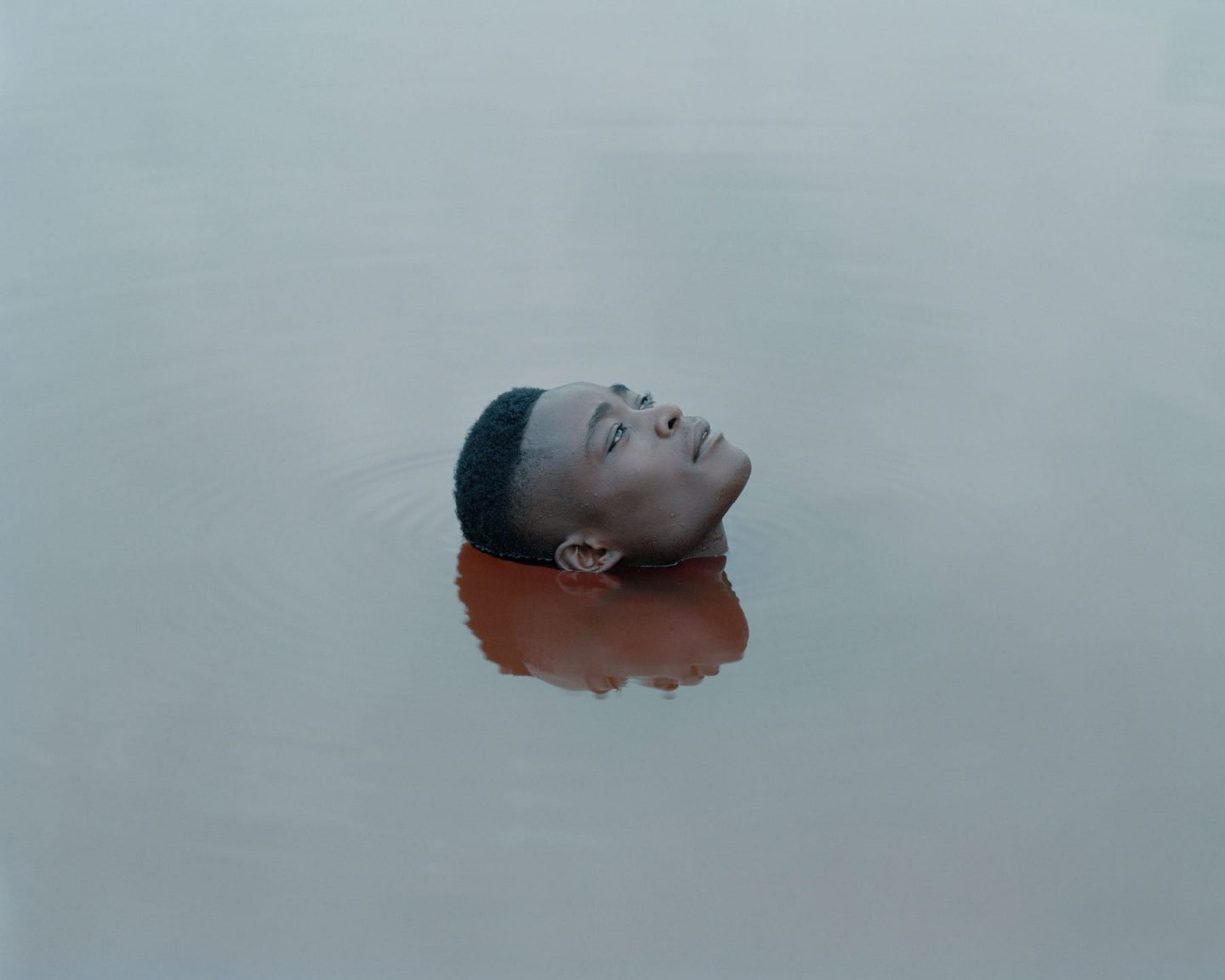
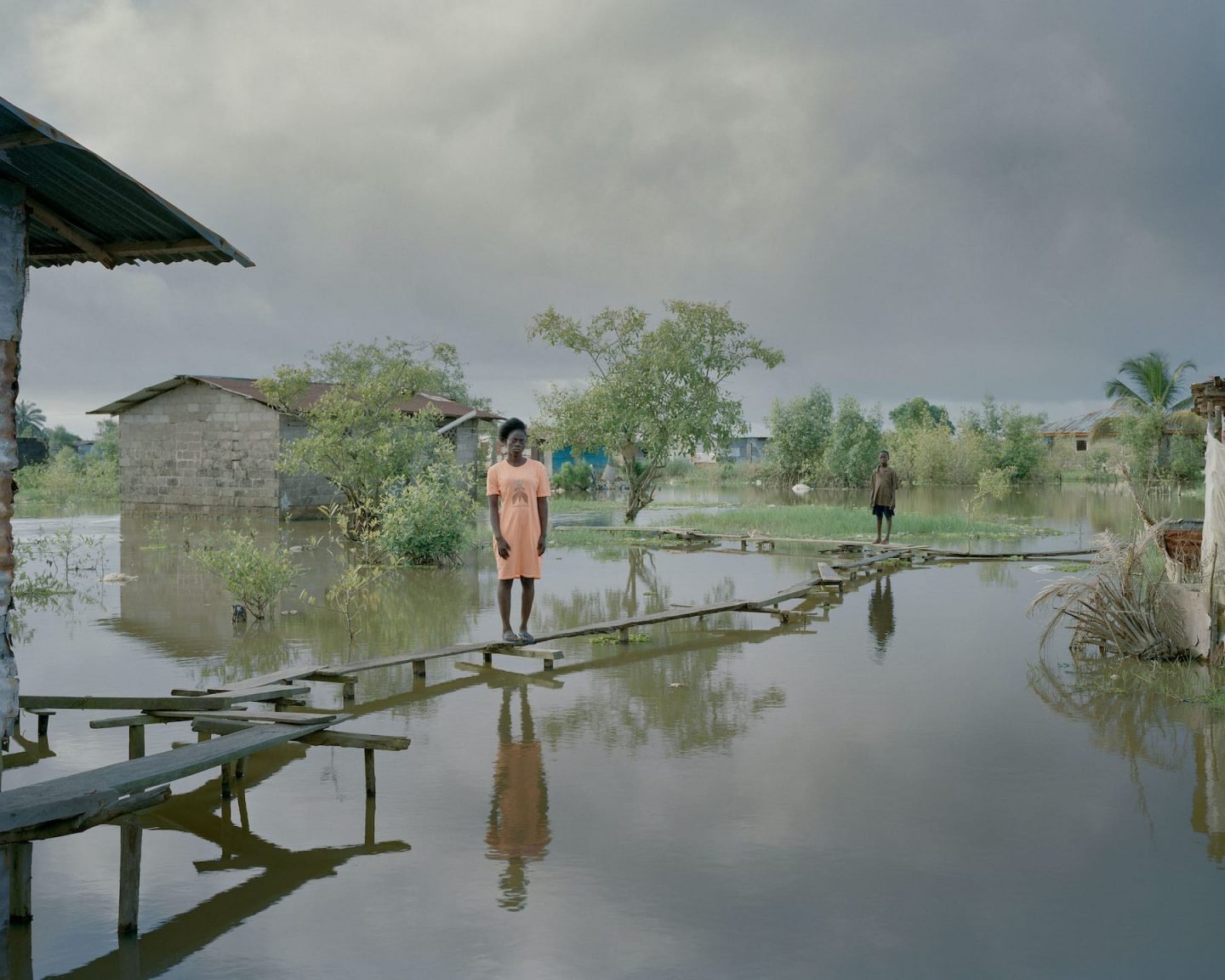
Your work is about capturing honesty. Why is this the case?
Earlier in my life as a photographer, it often seemed to me that I was playing a role, as if I was adopting codes to belong to an ideal that I had forged for myself. Then I felt dishonest, towards myself of course, but even worse, towards those I was photographing. I am happy that you use the term honest because I think it became my main focus. It is important today for a photographer, who is white and Western moreover, to be honest in his work and approach.
Can you talk a little about some of the locations you shot the images in, from the natural landscapes to the informal settlements that you visited?
I first wanted to go to meaningful sites in the course of the civil war. Places full of memory. But I quickly realized that the entire country of Liberia carries this painful history. The landscapes seemed impregnated with the trauma. The landscapes of my series are dark and enigmatic monochromes that reference the night that so often appears in witness accounts, a moment in time where the trauma becomes palpable because of loneliness and flashbacks. They distill a heavy atmosphere that spreads the suffocating silence over the country and establish the setting for the color portraits.
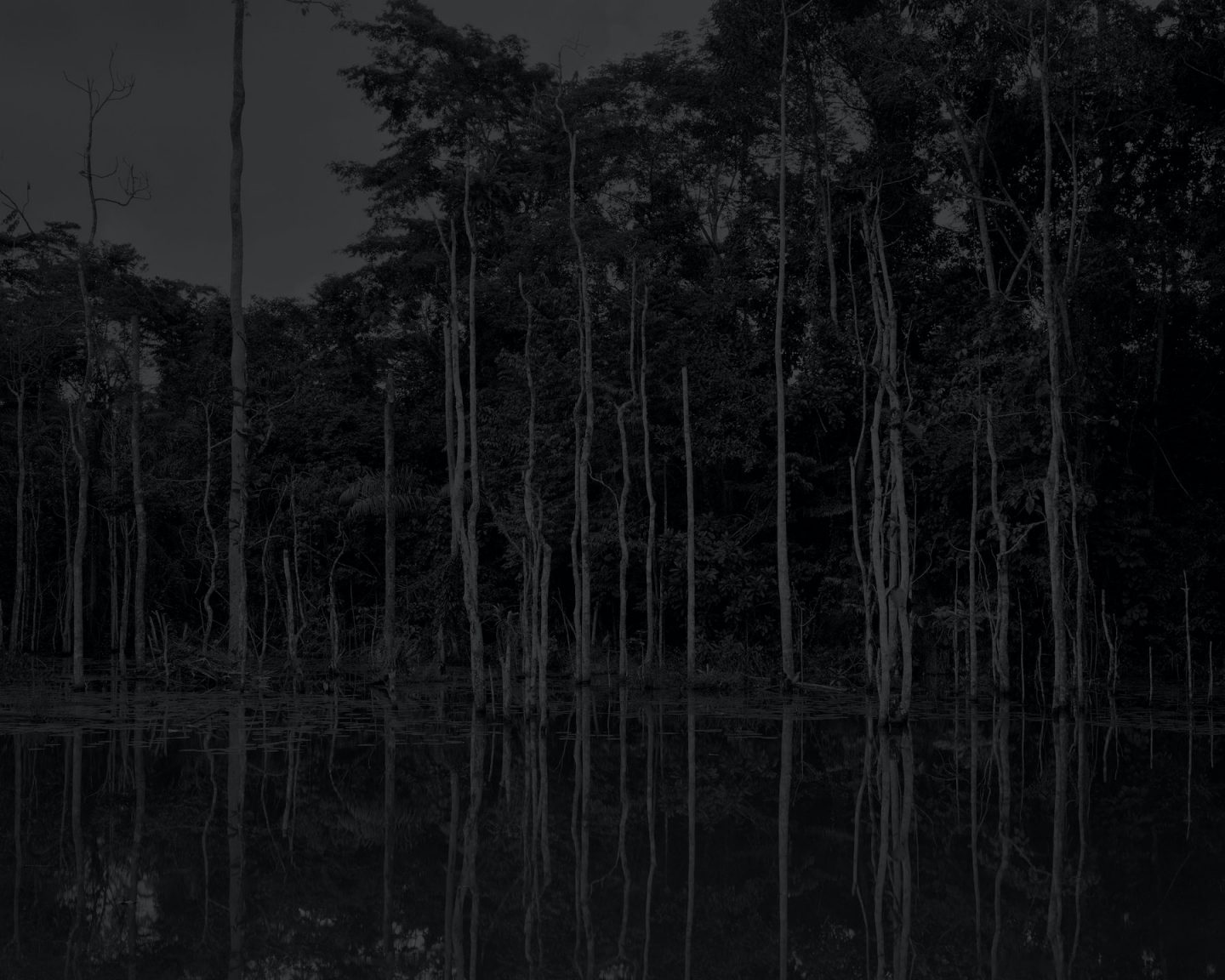
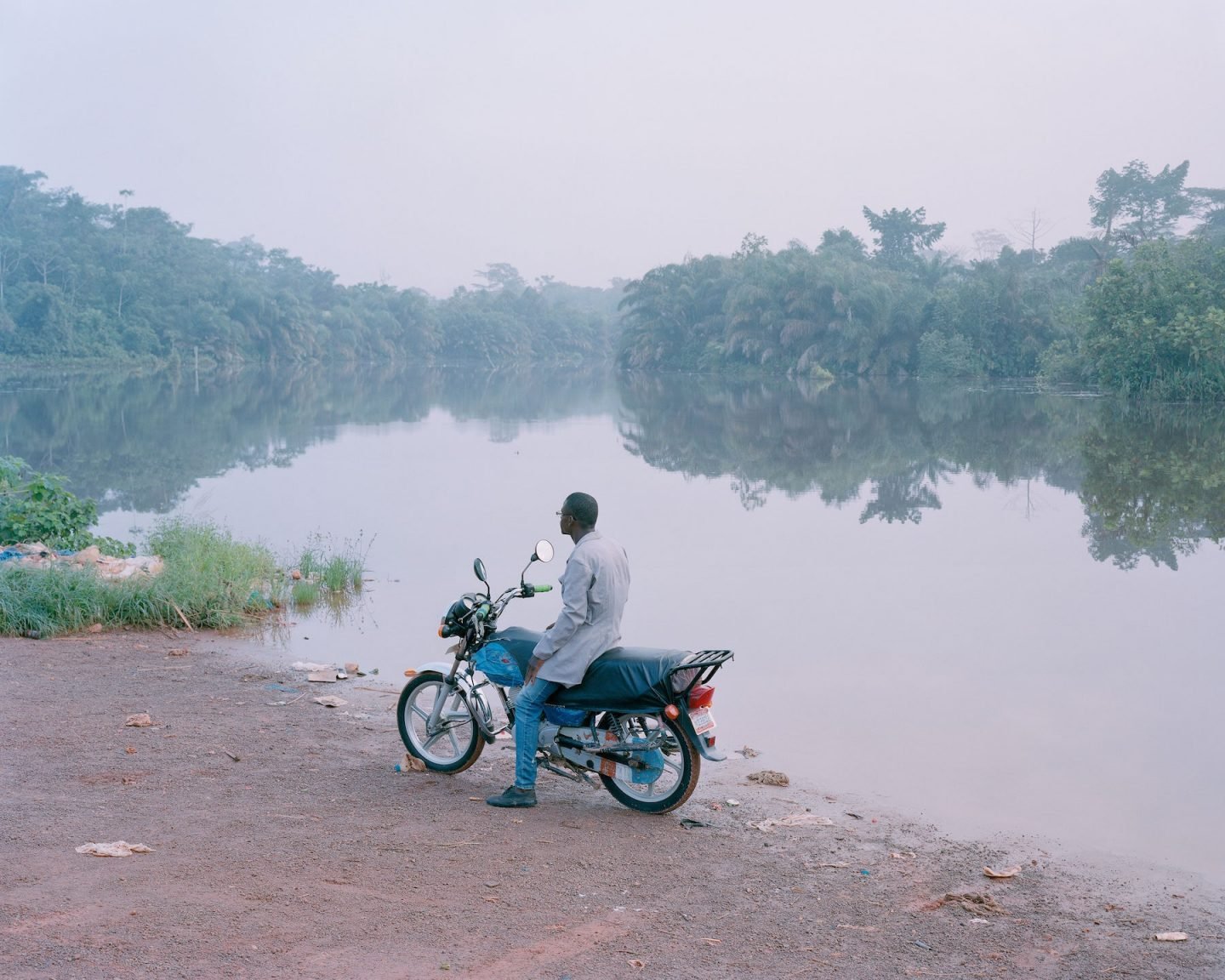
What did you set out to achieve in regards to spending time with and photographing the people that you met?
Working with the large format camera requires talking with the people I take pictures of. I must take time to explain the project to them. So when someone accepts to pose for me, it is also for the project and the story it tells. In Liberia, I felt the immense need for social recognition of the tragedy. It is vital to overcome the trauma. That’s why very few people declined to participate. I see in the stature and eyes of the people who pose this silent appeal for justice.
Are there any anecdotes or experiences you want to share about your time there?
I probably lived one of the most striking moments of my life as a photographer. It was in an abandoned cemetery in the center of Monrovia, now occupied by former child soldiers and other marginalized people. They cleared the graves with their bare hands to sleep there and to take drugs. I decided to go there before nightfall. I arrived fairly quickly at this tomb and three people there agreed to be photographed. When it came time to focus, as I often do, I was about to give some directions. But there, everything was already in place, all the violence of the situation bathed in a soft light. The man at the bottom continued using, as if I was not there. And the woman, Grace, pregnant in front of that grave, it seemed to me that I never came so close to desolation.
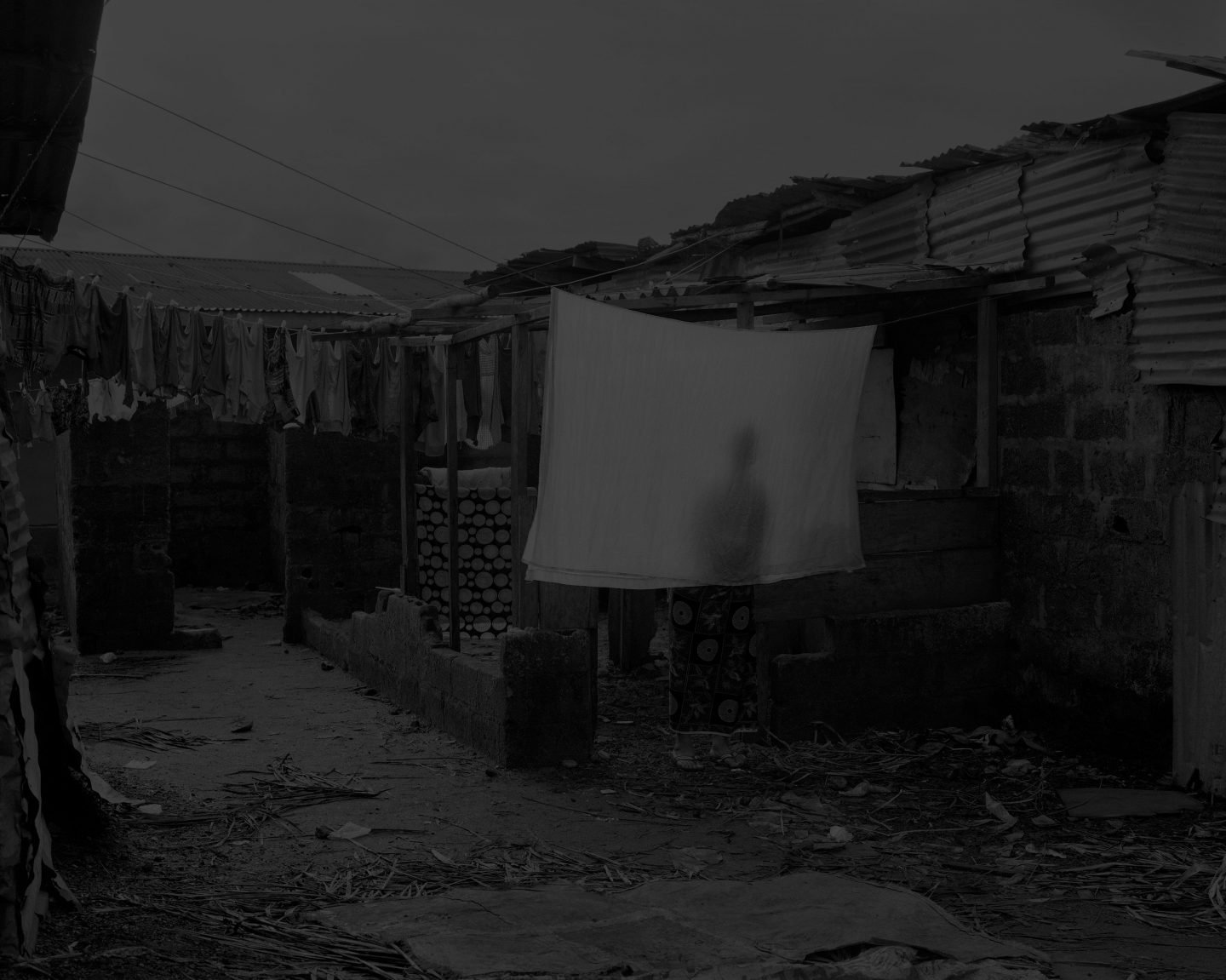
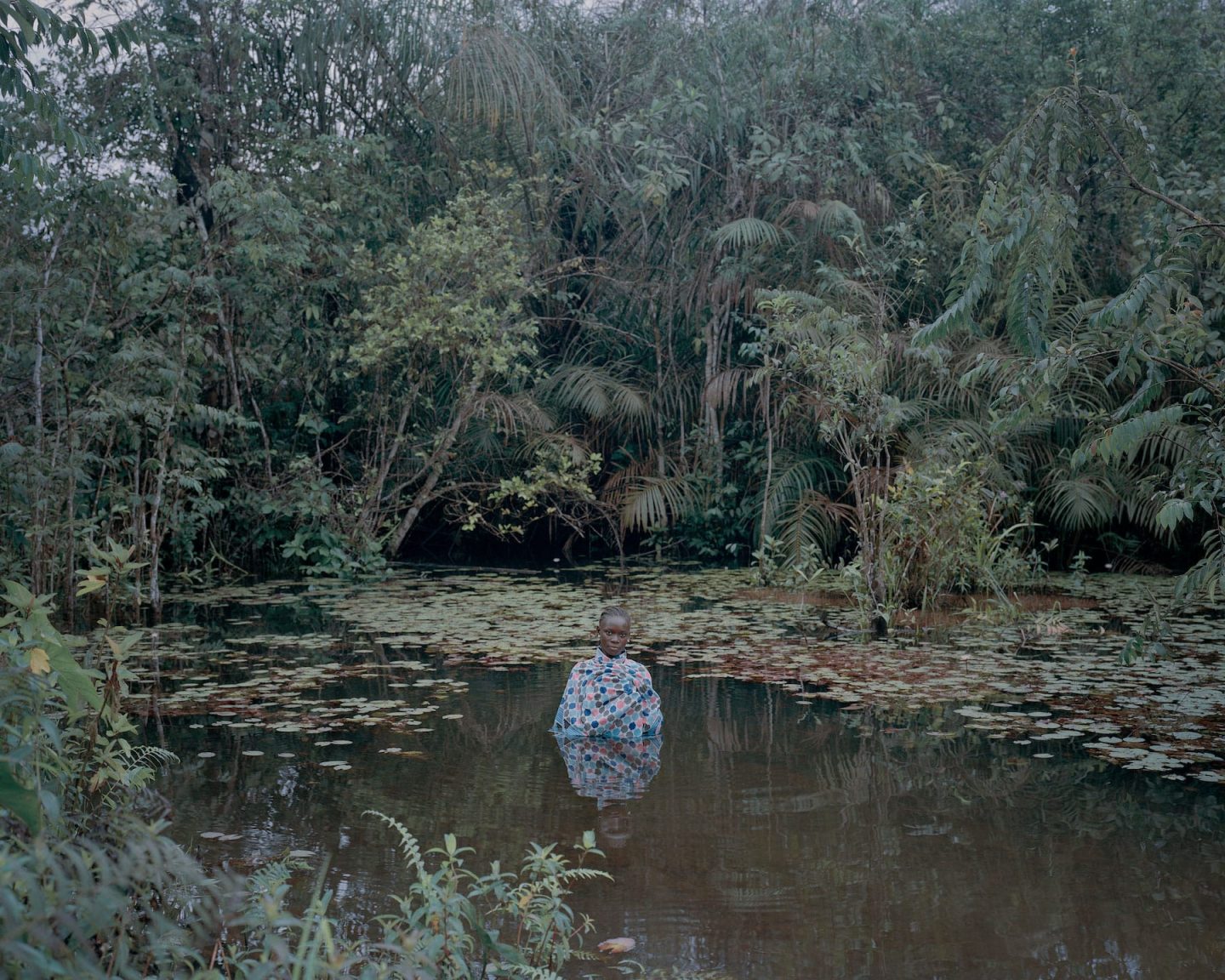
Can you talk a little bit about the woman posing in front of the washing line? And the man standing beside the ship?
That woman in front of the laundry is Martha, she radiates such dignity. I met her in the tiny alleys of the Westpoint slum. I photographed her with and without her daughter. The picture with her alone is at the beginning of the book, the one with her daughter at the end. It is to symbolize the passing of time, of course, and the new generation that did not experience the war but will inherit the trauma of an entire nation. The notion of generational transmission has always interested me a lot.
At the end of the book, the image of Jack peacefully leaning against the boat is an image of hope. As if he managed to stop the massive machination, this omnipresent trauma failed by the hand of a small man. It shows that this power resides in each of us, and that it is up to us to help build resilience.
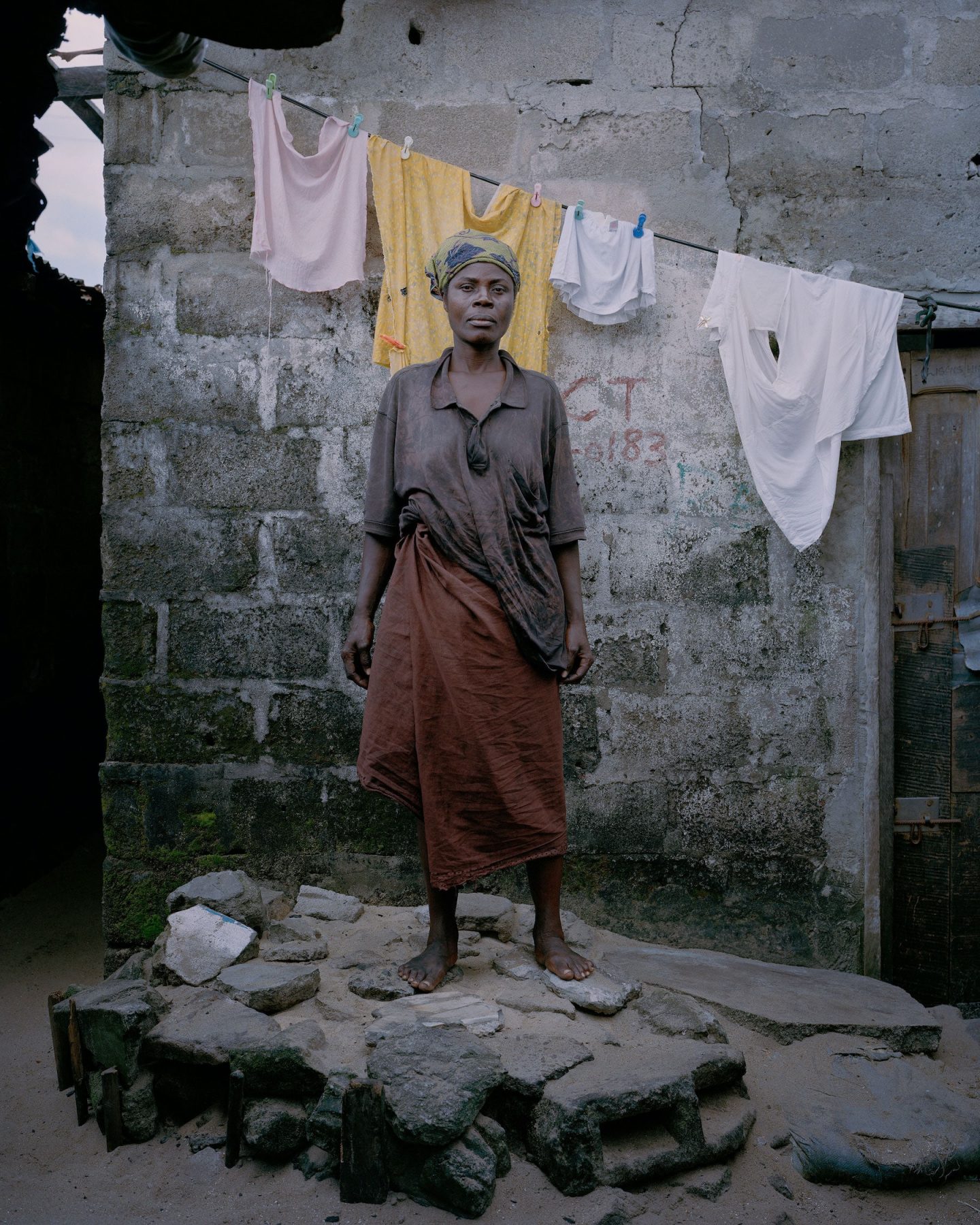
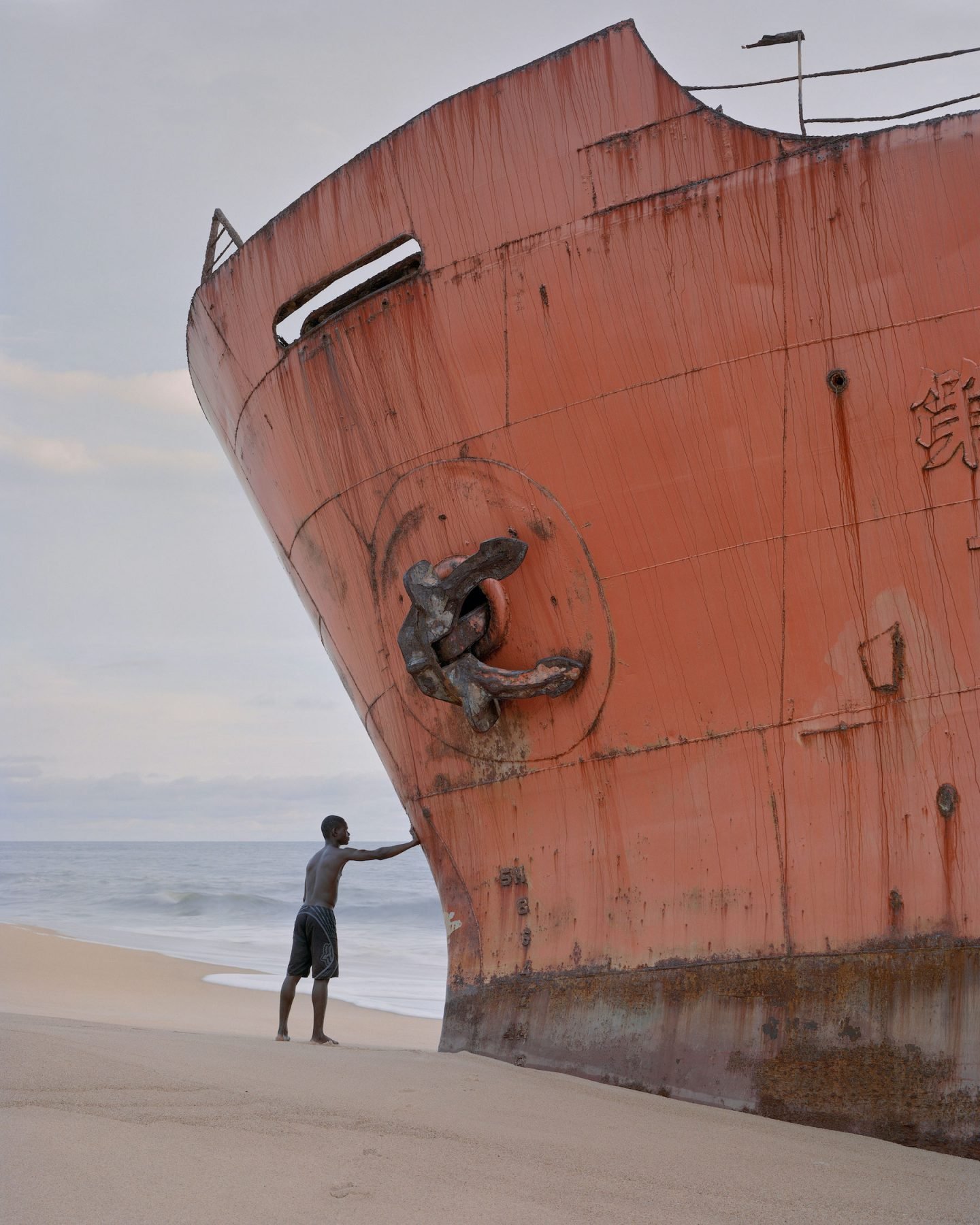
What do you hope people take away from your work? And what do you personally take away from it?
The difficulty was to transcribe the invisible, latent trauma that weighs on Liberia. So I wanted to give the series an atmosphere that would capture this suffocating silence. I prefer not to caption my images, because I’d like the viewers to take time to find them, to analyze them and to understand my intentions as a photographer, but also as a storyteller. Of course, I would like to see these images lead to a better recognition of what happened, but that’s a bit naive optimism. So I just hope that I have been able to pull this story out of anonymity, these lives that flow away from our eyes, to keep a trace, a memory.
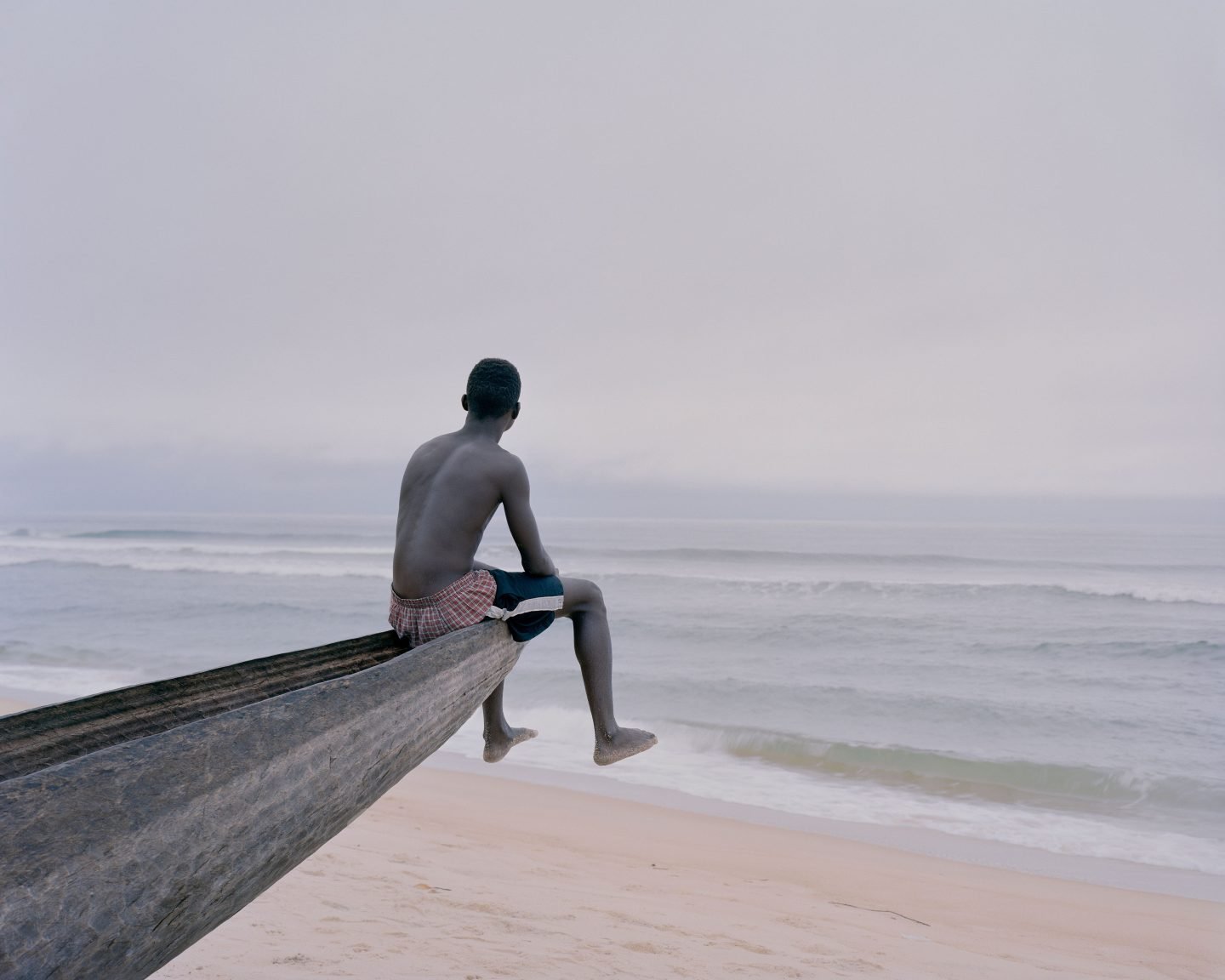
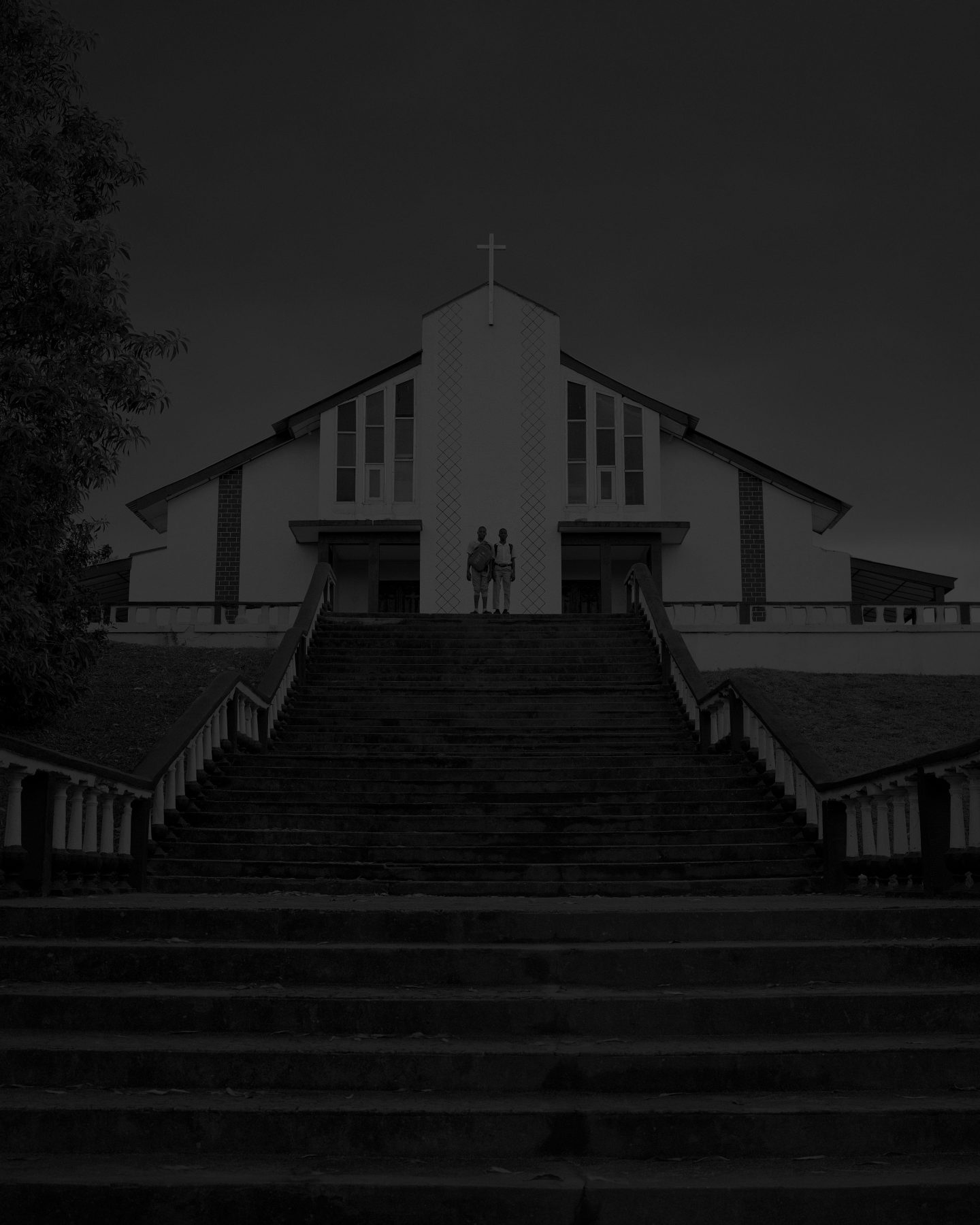
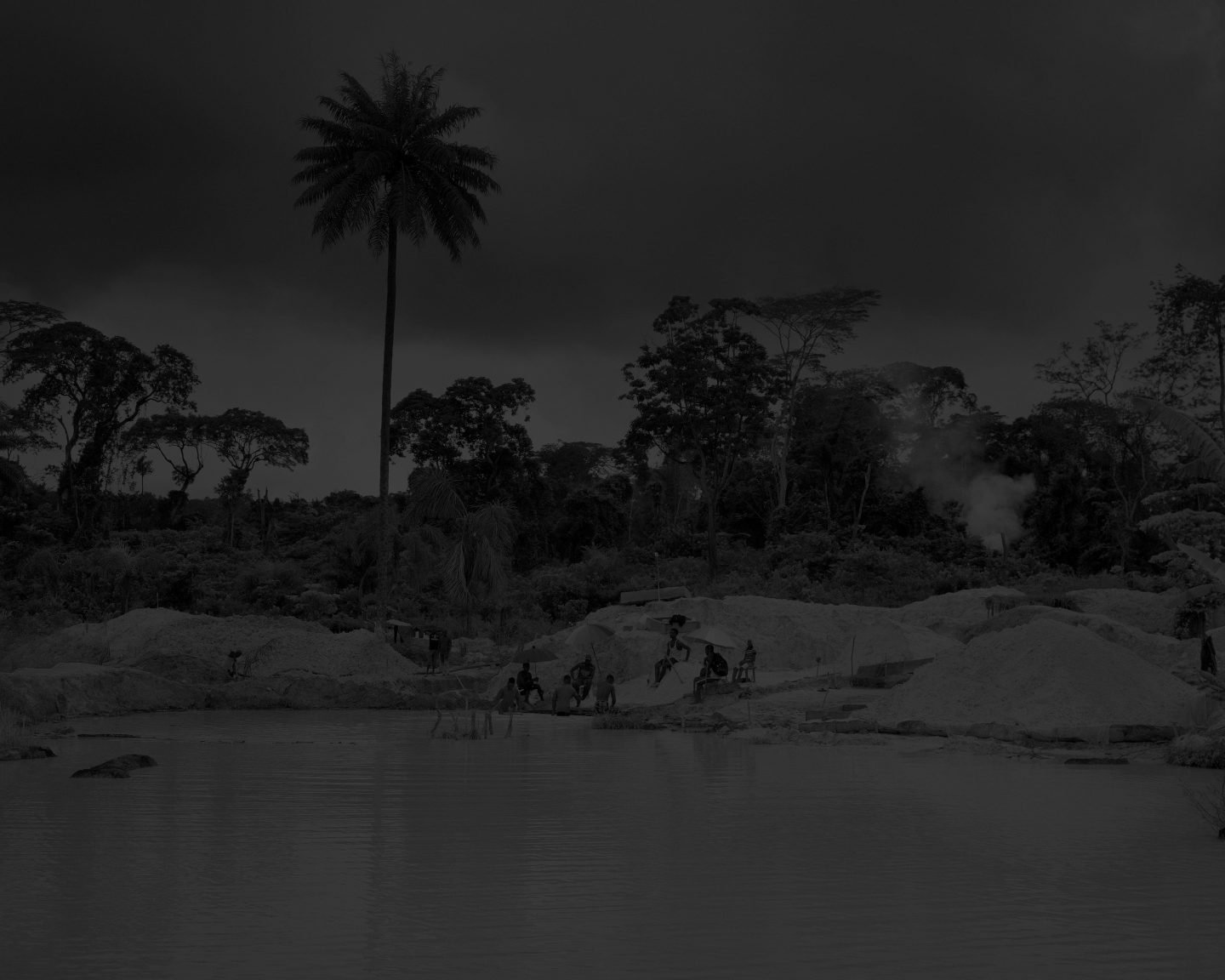
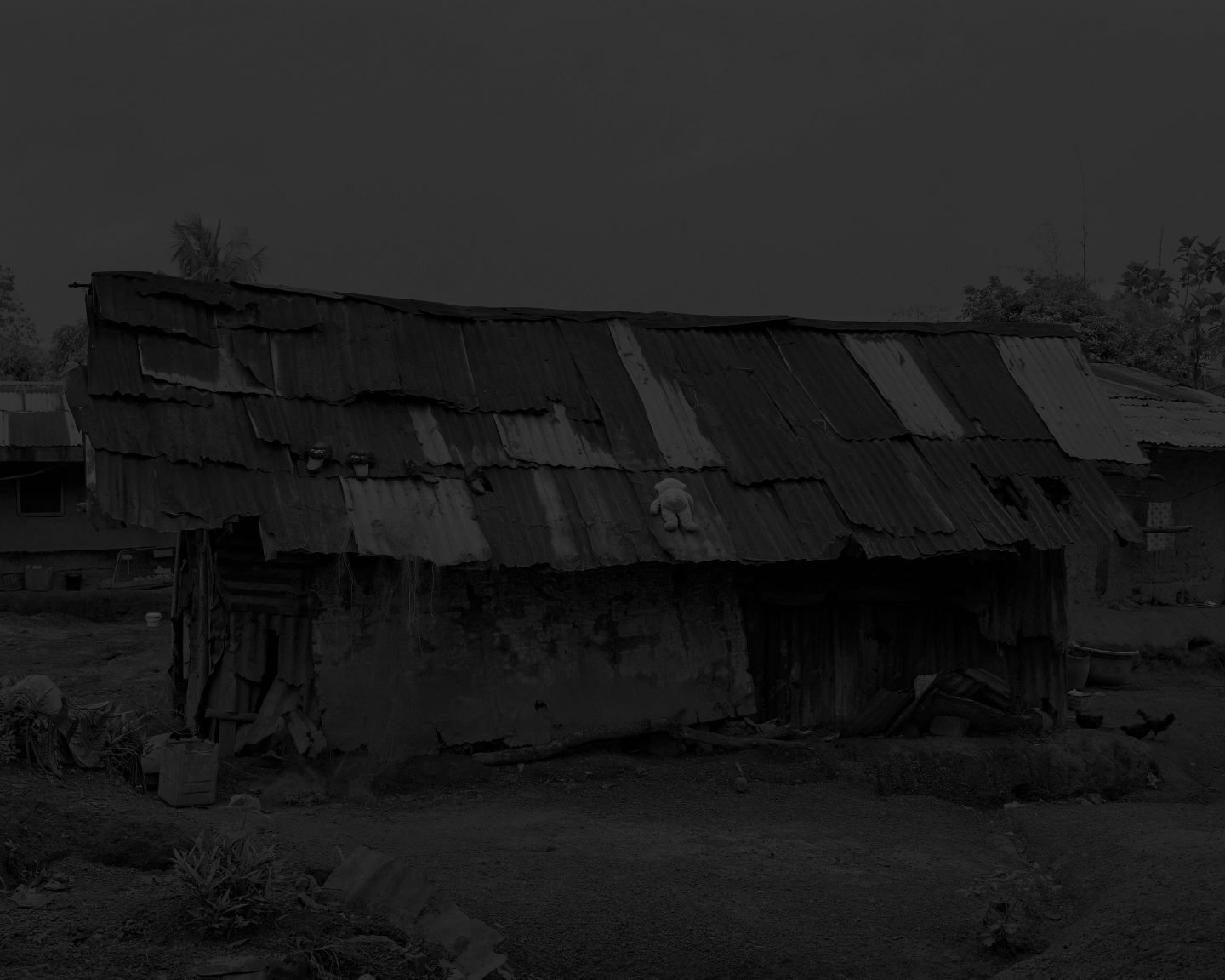
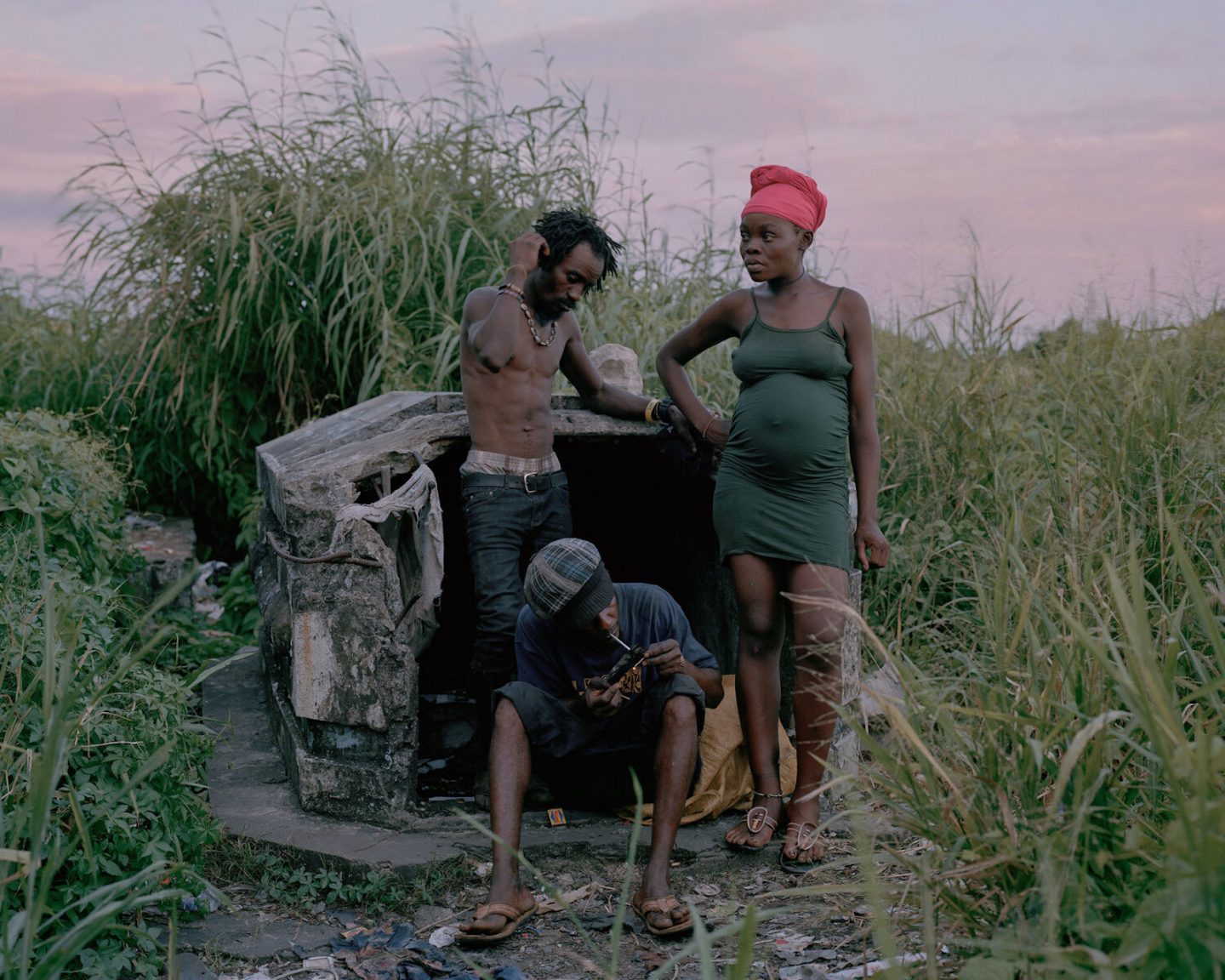
All images © Elliott Verdier
